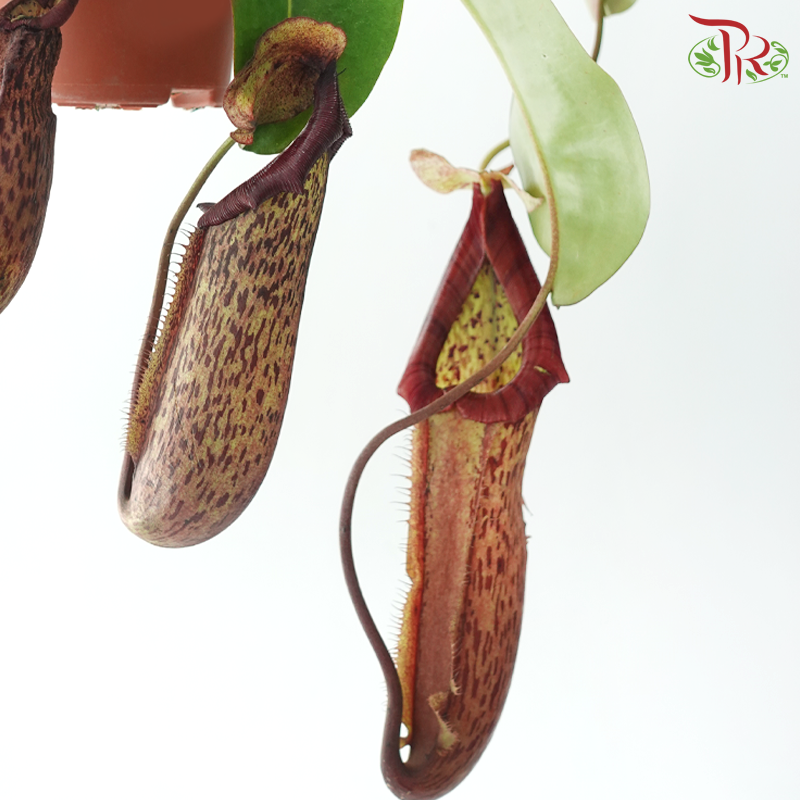Pudu Ria Florist
Nepenthes Miranda 150P《翼状猪笼草》
Nepenthes Miranda 150P《翼状猪笼草》
• Nepenthe Miranda •
《翼伏猪笼草》
Nepenthe Miranda (Winged Pitcher Plant) is an insect-eating plant native to tropical Asia. It features unique pitcher-shaped structures used to capture and digest insects. Nepenthes alata thrives in warm, humid environments and prefers bright, indirect light. It doesn't require specific soil but needs good drainage and high humidity. Due to its distinctive appearance and function, it is often cultivated as an ornamental plant.
Symbolism:
1. Transformation
2. Mystery and Uniqueness
3. Patience
4. Resilience and Adaptability
5. Fertility and Abundance
Pot diameter: 15cm
Plant height: 63cm (incl. pot height)
#nepenthemiranda #fengsuiplant #nonpetfriendly #houseplants #puduriakl
Couldn't load pickup availability

Delivery Options
Delivery Options
Your delivery options will be calculated at checkout. During the peak season, delivery times may require longer lead times than usual.
Image Disclaimer
Image Disclaimer
Despite every effort to provide accurate images of each product's color and design, actual colors and design may vary slightly, due to different device screen settings, the lighting in the location, slight differences in product finishes over time and other factors.
In purchasing from Pudu Ria Florist, you agree to accept the small risk that there will be a slight variation between the actual color and design, and the presentation on our website.
Share




Plant Care Guide for Nepenthes Miranda 150P《翼状猪笼草》
-

Light
Needs bright, indirect light or partial sun. It can tolerate some direct sunlight, but not too much. A grow light is an excellent option if you’re growing it indoors.
-

Soil
Requires a well-draining, acidic soil mixture. You can use a mix of sphagnum moss, perlite, and orchid bark. Avoid using regular potting soil.
-

Water Requirement
Water with distilled or rainwater. Keep the soil moist, but not waterlogged.
-

Temperature
Ideal growing temperatures are between 18℃ to 24℃.
-

Humidity
High humidity is crucial typically around 50–70%.
-

Fertilizer
Don’t fertilize the soil, but you can feed the plant small insects or use liquid fertilizer for carnivorous plants.
-

Caution
Remove dead or withered pitchers to encourage new growth. These typically turn brown and dry up after they’ve caught their prey. Trim any yellowing or damaged leaves to keep the plant looking tidy.












